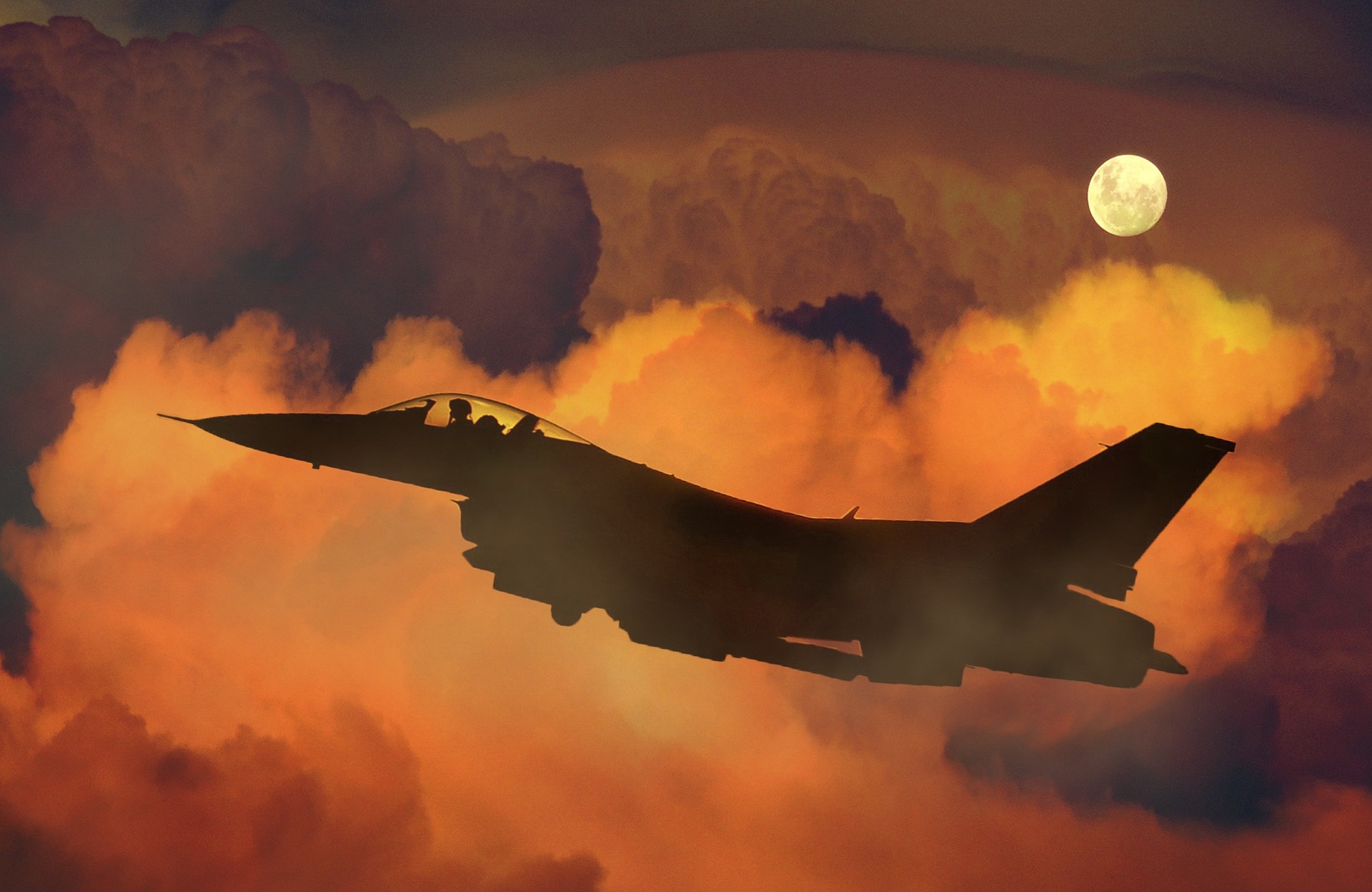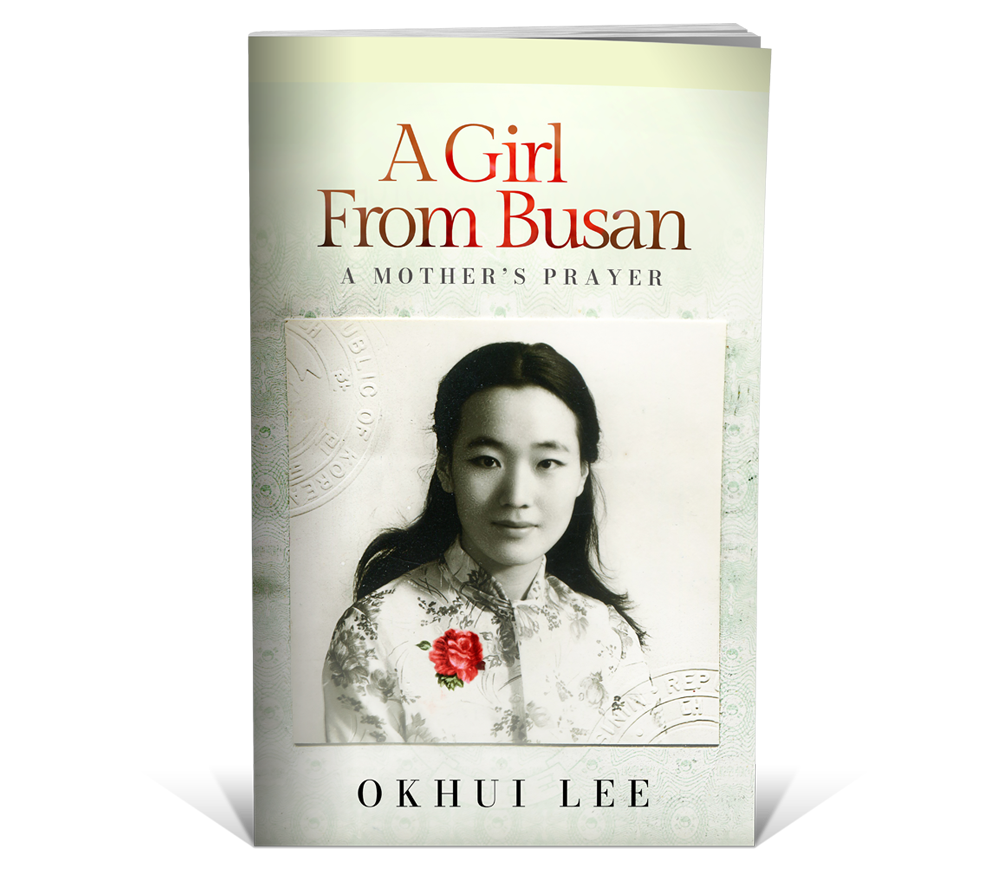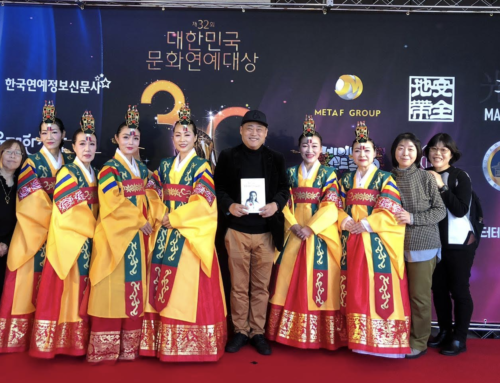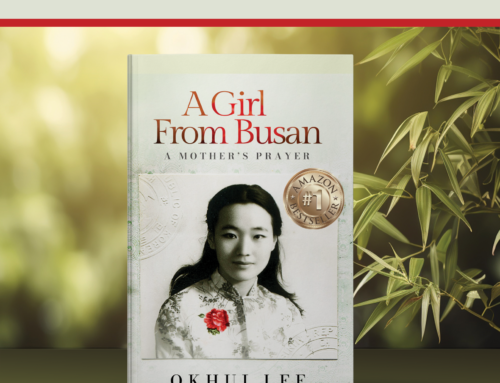
“—every building had been destroyed by the atomic bomb. Hiroshima, once a large, thriving city, was buried in a heaping pile of ash under a thick layer of billowing smoke.” – Tomiko Lee, A Girl From Busan, pg 14
When the citizens of Hiroshima awoke the morning of August 9th, 1945, no one knew that three American bombers were on their way to drop the atomic bomb, “Little Boy”. As people went about their day, at 8:15 AM, Hiroshima time, the bomb was released and within minutes thousands were killed instantly. The uranium-filled bomb leveled a once thriving city to the ground.
Fires erupted everywhere due to temperatures reaching 7,000 degrees Fahrenheit instantly. People miles away from the initial explosion had mere seconds to find safety from the blast. Many were severely burned, injured by debris, or slowly killed due to radiation poisoning years later. Only three hospitals were able to take in the wounded, though many were unable to receive help and died from injuries. Those who survived the bombing of Hiroshima, survivors who are now referred to as Hibakusha, recount the terror of that fateful day…
“All of a sudden, the entire sky flashed and was illuminated in bluish-white, as if the heavens had become one huge, fluorescent light,” – Teruko Yahata, Hibakusha speaker, who was eight at the time of the bombing.
Another Hibakusha, Hiroyasu Tagawa, who was twelve during the bombing stated, “Suddenly everything turned orange. I quickly covered my eyes and ears and laid down on the ground. This was the position we practiced daily at school for times like this. Soon dust and debris and pieces of glass were flying everywhere. After that, silence.”
An Imperial Council was held to decide the fate of Japan. And though the Emperor seemed to favor peace, the military leaders sought to wait a little longer. This proved to be a fatal mistake for the innocent people of Nagasaki.
On August 9th, the atomic bomb “Fat Man” arrived over the city Kokura. But their vision was obscured by weather and remaining fires and smoke from a previous raid meant the bombers could not release the bomb over Kokura. The bombers then decided to fly to another city, and at 11:02 AM in Nagasaki, the bomb was released and detonated. Nearly 40,000 people were killed by the initial blast, but it is estimated that many more died due to burns, injuries and radiation months to years later.
The great devastation brought by “Little Boy” combined with threats of invasion, the Soviet Union entering the war, and the last atomic bomb “Fat Man” caused Japan to surrender on August 14th, 1945. Although it seemed to be a great relief for some as the war was finally over, for many it was the beginning of a long and painful recovery. Survivors from both bombings continue to share their stories while the cities themselves now rest as reminders of the devastation that war brings.
“…“I saw one chimney,” Okyon said, “a single, lone chimney standing amidst the rubble. It was all that was left.” …” – Tomiko Lee, A Girl From Busan, pg 14





